Development of an automatic needle destroyer to prevent needlestick injuries
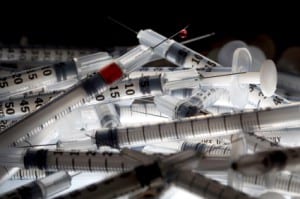
An automatic needle destroyer (ANDY) was developed to prevent needlestick injuries, and usability tests were conducted in several hospitals” Kim et al (2019). Abstract: OBJECTIVES: An automatic needle destroyer (ANDY) was developed to prevent needlestick injuries, and usability tests were conducted in several hospitals. The addition of extra features to the ANDY is in progress, […]
Multidisciplinary team developed blood-borne pathogen exposure prevention bundle
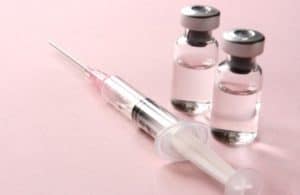
Blood-borne pathogen exposure (BBPE) represents a significant safety and resource burden, with more than 380,000 events reported annually across hospitals in the United States” Gurria et al (2019). Abstract: BACKGROUND: Blood-borne pathogen exposure (BBPE) represents a significant safety and resource burden, with more than 380,000 events reported annually across hospitals in the United States. The […]
Impact on life cycle carbon footprint of converting from disposable to reusable sharps containers
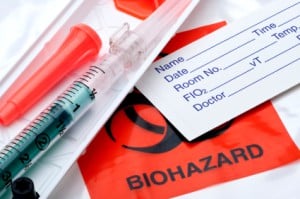
A previous study found that converting from disposable to reusable sharps containers (DSC, RSC) reduced sharps waste stream GHG by 84% but found transport distances impacted significantly on GHG outcomes and recommended further studies where transport distances are large” McPherson et al (2019). Abstract: BACKGROUND: Sustainable purchasing can reduce greenhouse gas (GHG) emissions at healthcare […]
Quality improvement project to reduce perioperative blood-borne pathogen exposure
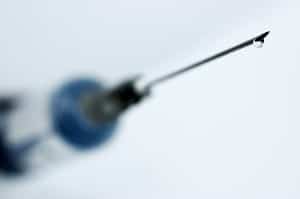
Mandatory double gloving, a safety zone, engineered-sharps injury prevention devices, and clear communication when passing sharps were implemented in an evidence-based fashion at one institution” Gurria et al 92019). Abstract: BACKGROUND: Blood-borne pathogen exposure (BBPE) represents a significant safety and resource burden, with more than 380,000 events reported annually across hospitals in the United States. […]
Elimination of lancet-related needlestick injuries using a safety-engineered lancet
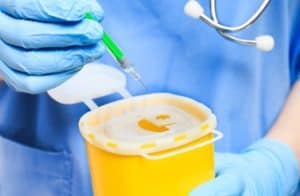
The lancet-related NSIs may be eliminated to zero incidence using a SED lancet with effective sharp injury protection and reuse prevention features” An et al (2018). Abstract: BACKGROUND: Lancet-related needlestick injuries (NSIs) occur steadily in clinical practices. Safety-engineered devices (SEDs) can systematically reduce NSIs. However, the use of SEDs is not active and no study […]
State of needlestick training for undergraduate medical students

Of UME respondents, 53% reported that their institution lacks needlestick training, and 35% were unsure whether their institution provides reporting instruction” Shirreff et al (2018). Abstract: Canadian undergraduate medical students sustain needlestick injuries, which have adverse implications, including blood-borne illnesses and personal anxiety. This study sought to determine students’ needle handling efficacy and to examine […]
Sharp injury meta-analysis and meta-regression
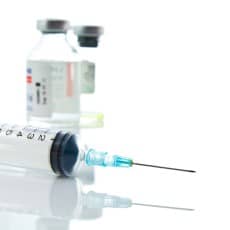
A surgeon will have a sharps injury in about 1 in 10 operations. Reporting of sharps injuries in surgical staff should be standardized per 100 po and be assessed in prospective follow-up studies” Verbeek and Basnet (2018). Abstract: Background: Sharps injuries occur often among surgical staff, but they vary considerably. Methods: We searched PubMed and […]
Incidence and risk factors for needlestick injuries amongst Malaysian HCWs
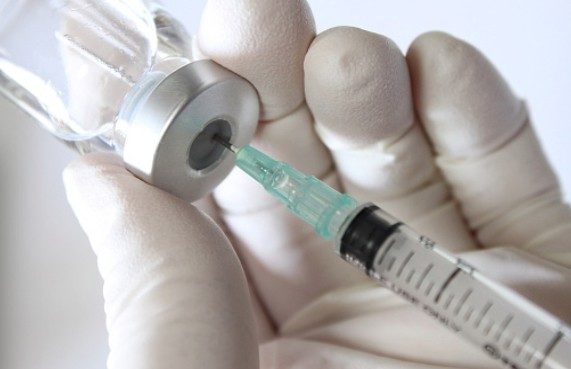
To determine the national self-reported incidence and risk factors for NSI among Malaysian Ministry of Health (MOH) HCWs” Ishak et al (2018). Abstract: BACKGROUND: Needlestick injury (NSI) is a significant occupational health issue among healthcare workers (HCWs). AIMS: To determine the national self-reported incidence and risk factors for NSI among Malaysian Ministry of Health (MOH) […]
Assessment of adherence behaviors for the self-reporting of occupational exposure to blood

The prevalence of exposure to blood/body fluids among RNs was high, and the underreporting rate was likely substantially underestimated” Yi et al (2018). Abstract: BACKGROUND: In China, register nurses (RNs) have a high risk of occupational exposure to blood/body fluids. The adherence behavior related to self-reporting of occupational exposure needs to be evaluated to protect […]
Needlestick injuries and other body substance exposures among police officers
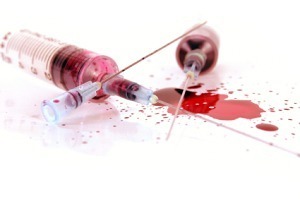
We determined the incidence and circumstances of needlestick injuries and other body substance exposures among police officers in a city police department” de Perio et al (2018). Abstract: Background: We determined the incidence and circumstances of needlestick injuries and other body substance exposures among police officers in a city police department. Methods: We analyzed data […]
Nursing students are a vulnerable group at risk of needlestick injury
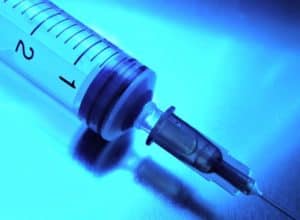
The aim of this study is to determine the most susceptible job group for needlestick injury (NSI) reported in a newly established teaching medical institute in the Western part of Rajasthan, India” Hada et al (2018). Abstract: BACKGROUND: Occupational exposure to bloodborne pathogen is a significant risk to health-care workers. In any teaching hospital apart […]
Prevalence of needlestick and sharps injuries in the healthcare workers of Iranian hospitals

Needlestick and sharps injuries (NSIs) are critical occupational risk among health care workers (HCWs), which is extremely worrying due to the potential risk of transmitting bloodborn pathogens (BBPs). This study was carried out to evaluate the prevalence of NSIs among Iranian HCWs” Ghanei Gheshlagh et al (2018). Abstract: BACKGROUND: Needlestick and sharps injuries (NSIs) are […]
Needlestick protocol awareness amongst medical students
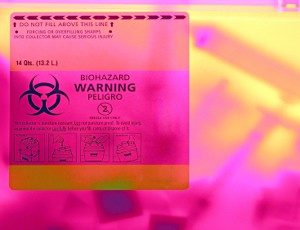
Regarding needle-stick injuries, 1165 (63.9%) had been informed on the protocols to follow if an injury occurred. Three hundred forty-nine (19.1%) had suffered needle-stick injuries, only 125 (35.8%) received immediate medical attention at the point of care” Vilar-Compte et al (2018). Abstract: BACKGROUND: Proper immunization and knowledge in infection prevention are key factors in protecting […]
Needlestick injury prevention systematic literature review
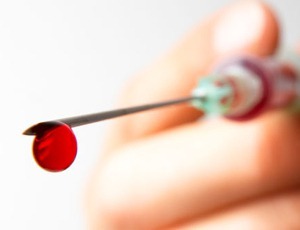
This systematised review was undertaken to appraise research on the effects of training and the use of needle-safety devices (NSDs) on the prevention of needlestick injuries (NSIs) among health workers, focusing on a European perspective” Aziz (2018). Abstract: This systematised review was undertaken to appraise research on the effects of training and the use of […]
Underreported needlestick injuries among healthcare workers

Needlestick injuries (NSIs) among healthcare workers (HCWs) pose an important health challenge and several pieces of evidence show that in many cases HCWs do not report the injury” Joukar et al (2018). Abstract: BACKGROUND: Needlestick injuries (NSIs) among healthcare workers (HCWs) pose an important health challenge and several pieces of evidence show that in many […]
Predicting and preventing needlestick and sharp injuries
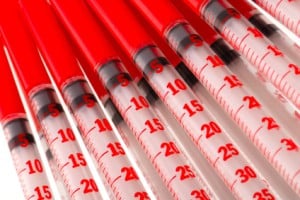
The aim of the present study was to use a systematic approach for predicting and reducing these injuries” Akbari et al (2018). Abstract: PURPOSE: Recent studies have shown that the rate of needlestick and sharp injuries (NSIs) are unacceptably high in Iranian hospitals. The aim of the present study was to use a systematic approach […]
HIV postexposure prophylaxis among professional health-care workers
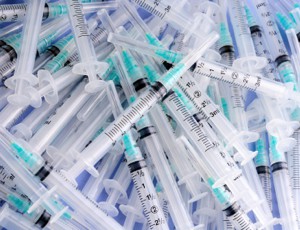
Accidental transmission of HIV infection to HCWs during occupational exposure is a real threat today. The study aimed to assess the knowledge, attitude, and practice of postexposure prophylaxis (PEP) among HCWs in a tertiary health institution in Sokoto, Northwestern Nigeria” Oche et al (2018). Abstract: INTRODUCTION: The prevention of human immunodeficiency virus (HIV/AIDS) among health-care […]
Needlestick injuries are the main cause of biological injuries to health care workers

Three hundred and thirty-five injuries were reported from 2010 to 2016, occurring mainly in the morning (54%) and frequently caused by needlestick (70%)” Cofini et al (2018). Abstract: BACKGROUND: Biological injuries are the most common and serious among health care workers. OBJECTIVES: This study aims to estimate the injuries’ incidence, job distribution and temporal trend […]
Analysis of occupational sharp injuries among healthcare workers

An analysis of work-related sharp injuries in Healthcare Workers (HCWs) based at a selected hospital in Central Poland by presenting the frequency of accidents, injury rates, and identifying circumstances of Needle Sticks and Sharp Injuries (NSSI) and giving Post-Exposure Procedures (PEP)” Garus-Pakowska et al (2018). Abstract: Background: An analysis of work-related sharp injuries in Healthcare […]
Reducing needlestick injuries among healthcare workers in South Africa
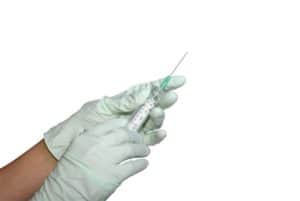
Needlestick injuries (NSIs) are a common mechanism of exposure. Training in basic universal precautions and utilisation of safety-engineered devices (SEDs) are interventions known to reduce the risk of NSI” De Jager et al (2018). Abstract BACKGROUND: Healthcare workers (HCWs) are at increased risk of contracting various communicable diseases. Needlestick injuries (NSIs) are a common mechanism […]
Cost-effectiveness of Hepatitis B protection for healthcare personnel

“To examine the cost-effectiveness of pre- and postexposure approaches for ensuring hepatitis B protection among previously vaccinated healthcare personnel (HCP)” Hoerger et al (2014).
Human T-cell lymphotropic virus type 1 (HTLV-1) occupational exposure

“We retrospectively audited hospital occupational exposure events over a 10-year period, in a human T-cell lymphotropic virus type 1 (HTLV-1)-endemic area of Central Australia, and report on 53 individuals exposed to HTLV-1 with no transmissions documented (95% confidence interval, 0%-1.5%)” Hewagama et al (2014).
Force required for needles to puncture sharps containers

“This study examined the effect on puncture force of varying 5 needle gauges, 3 temperatures, and 3 container-wall thicknesses. Puncturing was significantly easier with higher temperatures, finer needles, and thinner walls” Grimmond (2014).
New U.S. national estimate reveals 322,000 healthcare professionals sustain sharps injuries annually
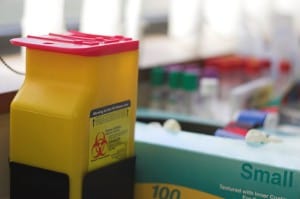
“In 2012 The Association of Occupational Health Professionals in Healthcare (AOHP) commissioned a new Exposure Study of Occupational Practice (EXPO-S.T.O.P.) among its members to establish a nationally representative BE database and benchmark resource” Grimmond and Good (2013).
Needlestick rate may be due to non-activation of safety engineered devices
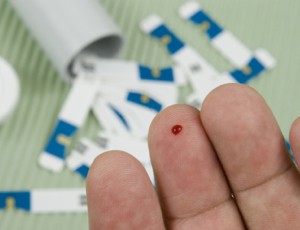
“More than half of SI from SED are due to non-activation of devices, and monitoring of activations is recommended. This paper outlines the findings of a sharps container (SC) contents audit conducted in Florida in September 2013” Grimmond (2014).

